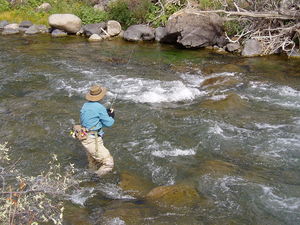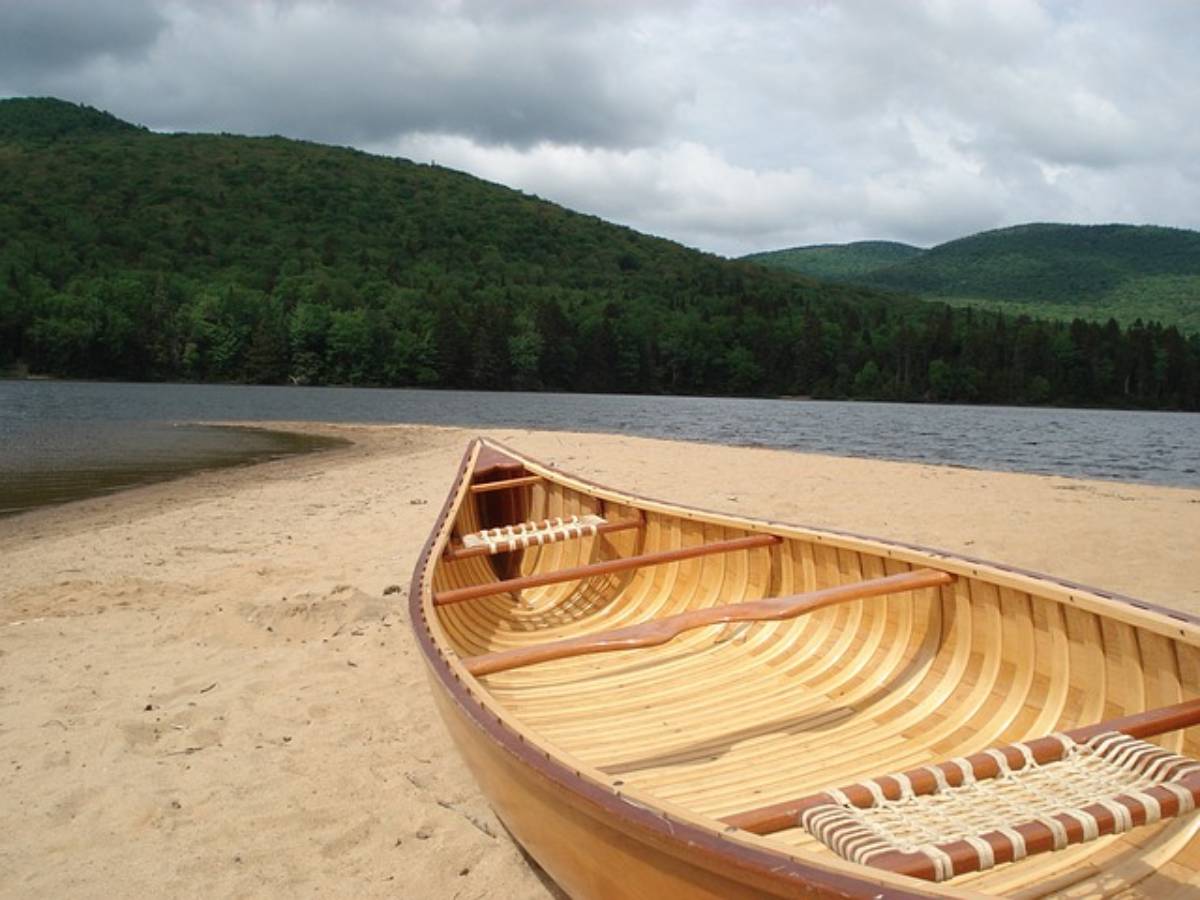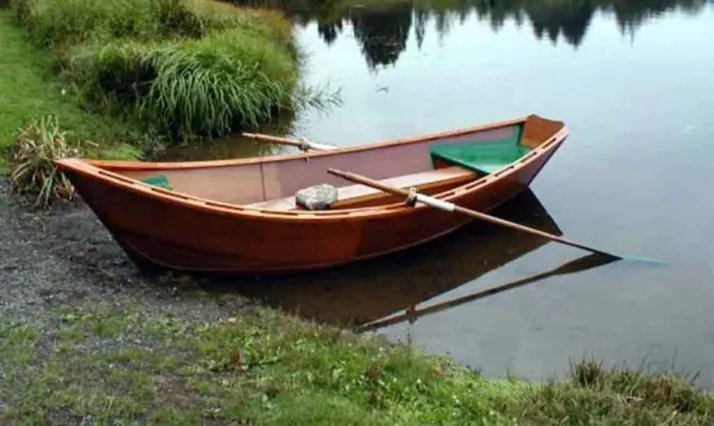 A dry fly is also known as a floating fly.
A dry fly is also known as a floating fly.
Dry flies are the best ones to use if you are fishing on running water during the hatch.
Why?
Because fish (especially trout) feed on insects and insect larvae. Dry flies not only allow you to read the rise, but often give you a glimpse of the fish that is going to strike.
When you are fly fishing during a hatch, match your dry fly as close as you can to the color, shape and size of the natural insects. This is referred to as matching the hatch.
Dry Flies & Floatants
A dry fly requires that floatant be added, in order to keep the fly on the water surface as long as possible.
Floatants are available in liquid, paste and spray form. The type you use is based strictly personal preference.
How To Present A Dry Fly On Running Water
Once you choose a dry fly, be sure to check it out before beginning to fish:
- First, cast it upstream in shallow water to find out how it sits on the water.
- Then, allow the dry fly to float past you in order to be sure that it remains in a natural stance.
You don’t want it to float vertically or to flop on its side. If it doesn’t float horizontally, with the body and tail submerged, it is of no use to you because fish won’t bite on it. Dispose of it immediately and try a different dry fly that you’re carrying in your fly fishing vest.
When fly fishing running water, present your dry fly by casting upstream. Your fly should land on target about 2 feet upstream from where you determine a fish is present. This will allow your dry fly to float directly into where the fish are feeding.
Try to stay in a blind spot where fish won’t see you and act like a predator. If the fish get any indication that you are nearby, they won’t take the bait.
Remember, your dry fly must look almost identical to the natural flies on the water. Fish will ignore flies that don’t resemble the hatch.
One Exception To The Rule
The only exception to the "cast upstream" rule is if there is a pool or eddy near fallen trees or snags that you can’t access by casting upstream.
In that case, stand upstream from the area and allow your dry fly to float into it. When doing so, be sure to keep your fly line slack.
Be cautious when using this method, because fish are easily spooked if you have to pull back on the fly in order to prevent if from becoming snagged
Presenting A Dry Fly Takes Some Practice
If you continually allow your dry fly to float over a fish and it doesn’t take the bait, change to a different fly.
If you still can’t get the fish to strike, jerk your fly just a bit as it floats over the fish. This may entice a strike because the fish will think that your fly is alive and eatable. If the fish doesn’t take the bait at this point, experiment with a variety of flies until you convince the fish that yours is just one of dozens of natural flies floating downstream.
In the end, how you present a dry fly on running water is important if you wish to be successful. Research and experimentation will be your best teacher.



